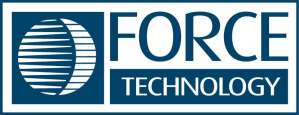Investment fund management reports help clients to get vital information regarding their investments in a consistent and accessible manner. They present performance data in a variety of ways (MTD) QTD, YTD and YTD) and are often combined with risk analysis www.productsdataroom.com/top-3-data-security-tools-to-keep-your-information-safe/ data, such as VaR or stress testing. Regulations are requiring managers to present their risk management processes in more detail than ever before.
Investors are more and more interested in knowing the exact amount they pay for their investments in funds. This is reflected by the demand for more precise data on fund fees. Some funds define management fees narrowly and only include costs related to the selection of the appropriate securities for the portfolio in this number. Other funds have “unified fees” that cover a variety of costs including administration and record-keeping services such as brokerage commissions, and 12b-1 fee.
Many funds make use of breakpoint agreements in which the management fee is reduced at certain asset intervals based upon the total assets of a fund. To evaluate these contracts, investors need to be aware of the management fee for each of those intervals. The GAO suggests that the Commission require that funds provide fee information per share at the level of the class as well as disclose any fees that are paid through the principal and not the management fee.
The GAO has also recommended that the Investment Company Act require that independent directors (directors who are not a part of the management of the fund) are at a minimum a majority of a fund board. This is intended to ensure that independent directors are able to adequately represent the interests of fund shareholders.









